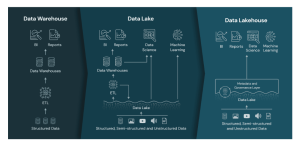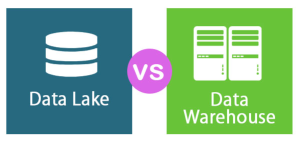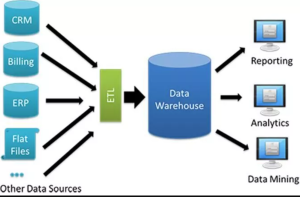Tag Archives: Data warehouse
Data Lakehouses Fundamentals & Examples

Last updated: 12th May, 2024 Data lakehouses are a relatively new concept in the data warehousing space. They combine the scalability and cost-effectiveness of cloud storage-based data lakes with the flexibility, security, and performance of traditional data warehouses to create a powerful data management solution. But what exactly is a data lakehouse, how does it work, and how might it be used in your organization? In this blog post, we’ll explore the basics of data lakehouses and provide real-world examples to illustrate their value. What is a Data Lakehouse? Simply speaking, data lakehouses combine elements from both data warehouses and data lakes — hence the name “data lakehouse” — to …
Data Warehouse vs. Data Lake – Differences, Examples

When it comes to data storage, there are two distinct types of solutions that you can use—a data warehouse and a data lake. Both of these solutions have their own benefits, but it’s important to understand the key differences between them so that you can choose the best option for your needs. Let’s take a closer look at what makes each solution unique. What is a Data Warehouse? A data warehouse is defined as an electronic storage system used for reporting and analysis. Data warehouses store data in a structured (row-column) format. It typically contains aggregated collections of data from multiple sources, which come together in one database. A data warehouse …
Data Warehouse Concepts & Examples

A data warehouse is a system used for reporting and data analysis, and is considered a core component of business intelligence. Data warehouses are centralized repositories of integrated data from one or more disparate sources. They store current and historical data in one single place that can be used to answer business questions. Data warehouses are used to support business intelligence applications. Business intelligence applications are used to make decisions about the operation of the business. A data warehouse is usually populated with data from an operational database, which contains transactions. The process of populating the data warehouse is called Extract, Transform, and Load (ETL). This process cleans, transforms, and …
I found it very helpful. However the differences are not too understandable for me